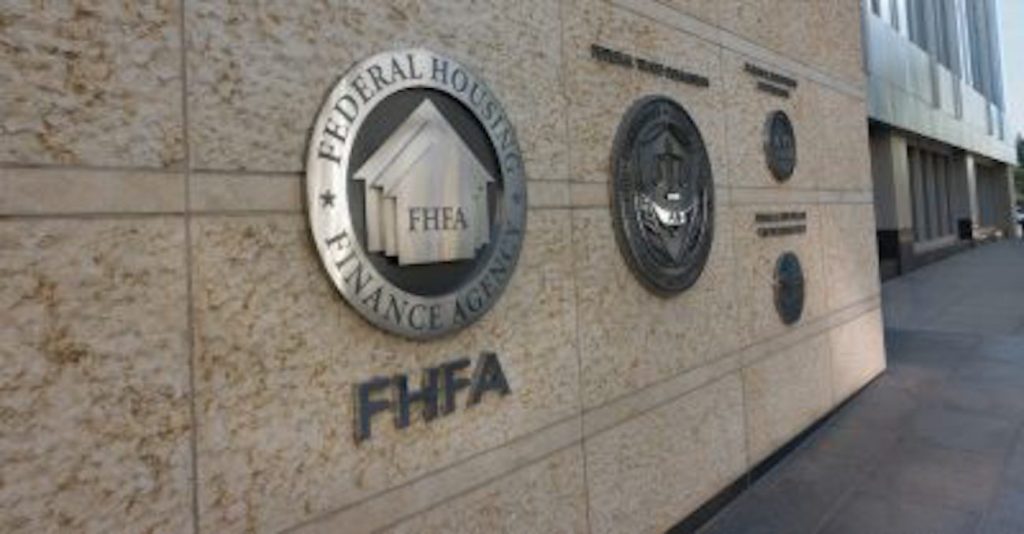A Federal Housing Finance Agency report highlighted the perils of low-rates for Fannie Mae and Freddie Mac’s single-family credit risk transfers.
Despite heightened investor uncertainty during the onset of the pandemic, GSE-backed mortgages have outperformed expectations, the report notes. Although markets experienced a significant liquidity disruption in March 2020, questions remain about the strength of CRTs under stress.
The CRT structure remains “untested by a widespread serious loss event,” the report notes. More credit risk coverage may be needed, it argued.
The FHFA report also raised concerns about how a period of fast prepayments followed by rising delinquencies could impact the GSEs’ credit risk protection.
In a low rate environment — which shows little signs of abating — borrowers rushed to refinance, which in turn reduced the GSEs’ credit risk coverage. As the credit risk coverage is depleted, the remaining mortgages in the pool tend to be the most risky.
Why millions of prospective borrowers are stuck in ‘no man’s land’
Borrowers are “stuck in the middle” between the agencies’ minimum FICO requirements and the “FICO gates” imposed by lenders’ credit overlays. We have the tools to help them, we just need to use them.
Presented by: FormFree
“The risk is that, as a structure’s credit risk coverage is being paid down, the riskiest mortgages are most likely to remain in the reference pool because they are generally the least likely to prepay,” the FHFA report said.
After it hit pause in March 2020, Freddie Mac resumed CRT issuance in July 2020. By the end of 2020, Freddie Mac’s overall proportion of risk transfer to unpaid principal balance had surpassed December 2019 levels. Fannie Mae, however, as of February 2021, had still not resumed CRT issuance.
Freddie Mac implemented the CRT structure in 2013 to reduce the taxpayer’s exposure to its mortgage risks, shifting the risk of credit losses on the mortgages they insure onto investors.
In exchange for assuming a portion of that risk, Fannie Mae and Freddie Mac pay investors. Those investors can choose from four tranches of risk exposure, the first being the safest and the fourth taking on the highest loss risk. The GSEs conserve the riskiest tranche, offering the less-risky tranches to investors.
From 2013 to February 2021, the GSEs shed $126 billion of risk, at a net cost of $15 billion. The report estimates that the net cost to the GSEs could swell to $32 billion over the remaining lifetime of active CRTs. In a “severely stressed” scenario, with market conditions on par with the 2008 financial crisis, the net cost to the GSEs would be $20.6 billion.
The unpaid principal balance of CRT transactions’ underlying mortgages was $1.7 trillion, as of February 2021 — a little less than a third of the GSEs’ total single-family unpaid principal balance.





